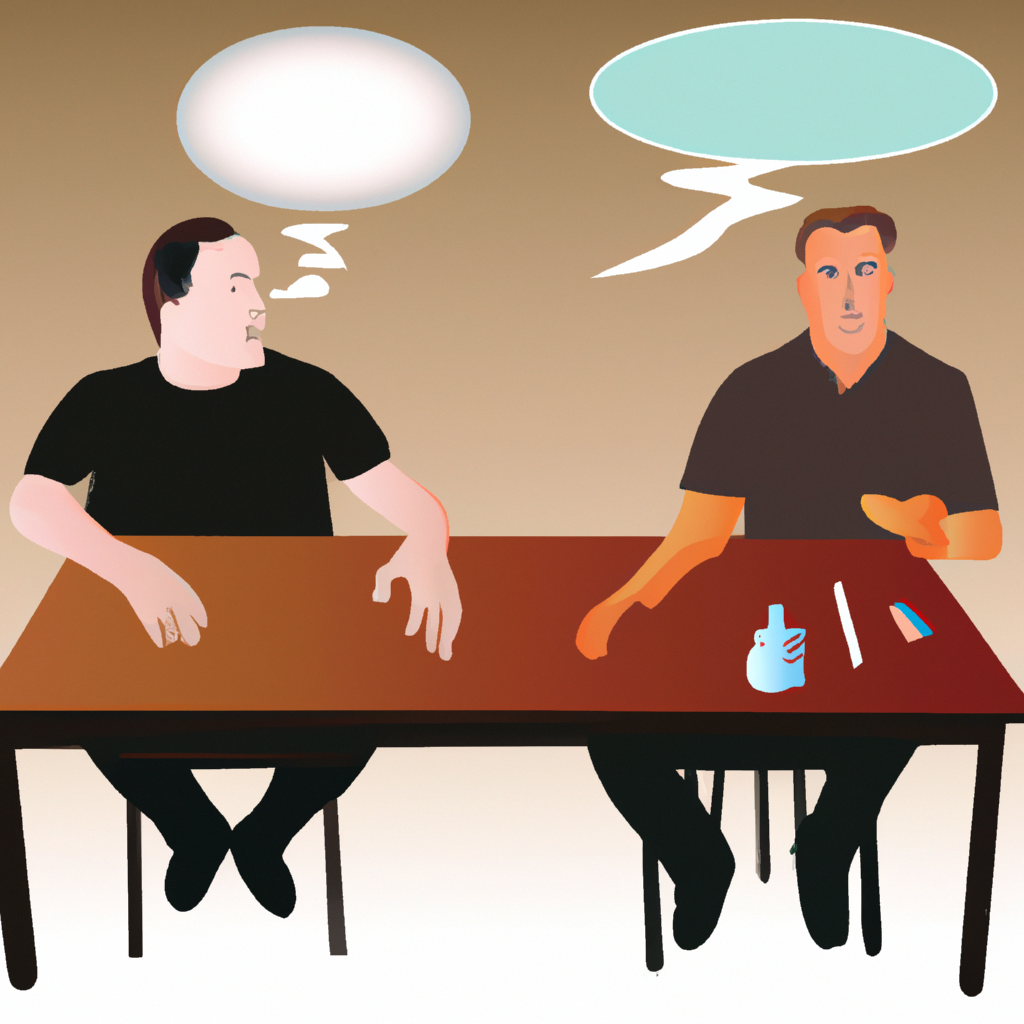
Effective communication is an essential aspect of our daily lives, whether it’s in our personal relationships or professional lives. Good communication skills help us to understand one another, build trust, and develop stronger relationships. In this article, we will explore the different aspects of effective communication, including active listening, nonverbal communication, and how to communicate effectively in different settings.
Active Listening
Active listening is a crucial aspect of effective communication. It involves fully engaging with the speaker, paying attention to both verbal and nonverbal cues, and responding appropriately. To become an active listener, you need to:
1. Focus on the speaker
When someone is speaking, make sure you are giving them your full attention. Avoid distractions such as your phone or other people in the room. Show that you are listening by maintaining eye contact and nodding your head.
2. Ask questions
Asking questions not only shows that you are engaged in the conversation, but it also helps to clarify any misunderstandings. Repeat what the speaker has said in your own words to ensure that you have understood correctly.
3. Avoid interrupting
Interrupting the speaker can be frustrating and counterproductive. Let them finish speaking before you respond. If you need to make a point, wait for an appropriate pause before doing so.
Nonverbal Communication
Nonverbal communication refers to the messages we convey through our body language, facial expressions, and tone of voice. Nonverbal cues can often speak louder than words, so it’s important to be aware of them when communicating with others. Here are some key nonverbal cues to pay attention to:
1. Eye contact
Maintaining eye contact with the speaker shows that you are engaged and interested in what they are saying. However, be careful not to stare as this can be intimidating.
2. Facial expressions
Your facial expressions can convey a lot about how you are feeling. Smiling, nodding, and making appropriate facial expressions can help to create a positive and engaging conversation.
3. Tone of voice
The tone of your voice can convey a lot about your emotions and intentions. Speaking in a calm and measured tone can help to create a relaxing and open atmosphere for communication.
Effective Communication in Different Settings
Different settings require different communication styles. Here are some tips for effective communication in different settings:
1. Workplace communication
In the workplace, effective communication is essential for building strong relationships with colleagues and clients. Use clear and concise language, be respectful, and listen actively.
2. Personal relationships
In our personal relationships, communication is key to building trust and understanding. Be open and honest, express your feelings clearly, and listen actively to the other person.
3. Social settings
In social settings, communication is often more casual and relaxed. Be friendly, engage in small talk, and pay attention to nonverbal cues to create a positive and engaging conversation.
Conclusion
Effective communication is a vital aspect of our daily lives. By practicing active listening, being aware of nonverbal cues, and adapting our communication style to different settings, we can build stronger relationships and create more positive interactions. Remember, effective communication is a skill that can be learned and improved upon, so keep practicing and refining your skills.